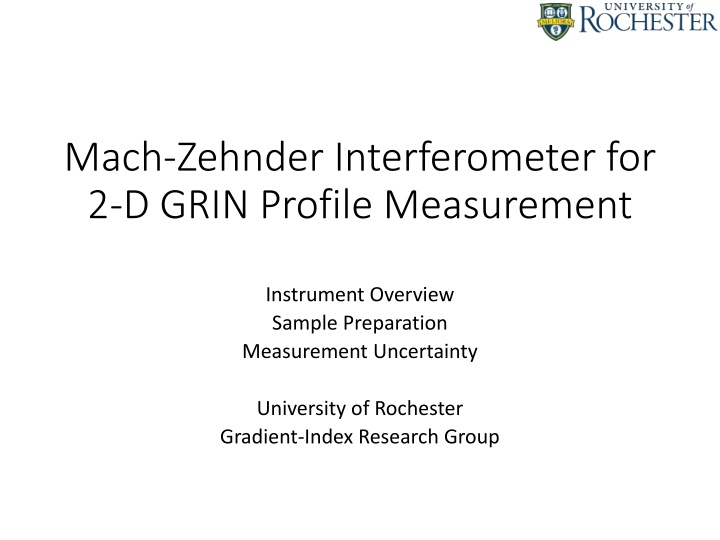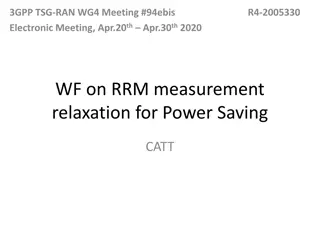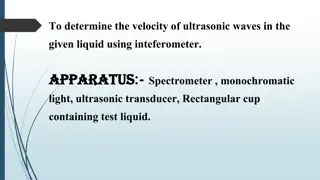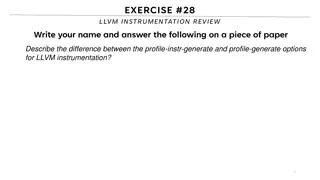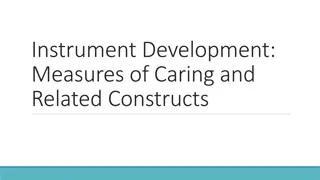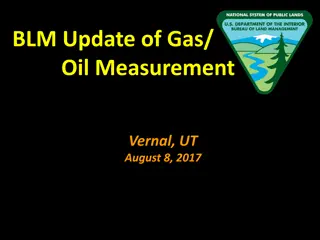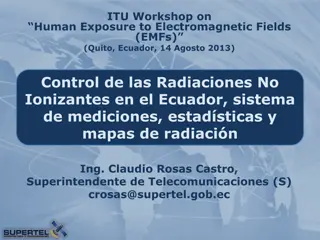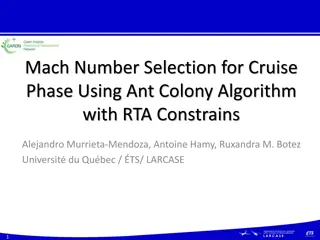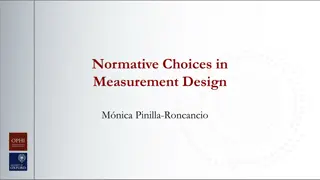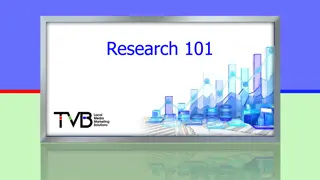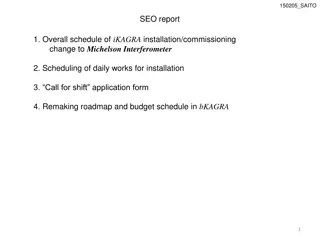Mach-Zehnder Interferometer for 2-D GRIN Profile Measurement
Mach-Zehnder Interferometer is a powerful tool used by the University of Rochester Gradient-Index Research Group for measuring 2-D Gradient-Index (GRIN) profiles. This instrument covers a wavelength range of 0.355 to 12 µm with high measurement accuracy. The sample preparation involves thin, parallel samples with exposed GRIN, and measurement uncertainty is determined by factors like surface figure error and wedge. The calculation of measurement uncertainty is essential for accurate GRIN profile measurements.
Download Presentation

Please find below an Image/Link to download the presentation.
The content on the website is provided AS IS for your information and personal use only. It may not be sold, licensed, or shared on other websites without obtaining consent from the author.If you encounter any issues during the download, it is possible that the publisher has removed the file from their server.
You are allowed to download the files provided on this website for personal or commercial use, subject to the condition that they are used lawfully. All files are the property of their respective owners.
The content on the website is provided AS IS for your information and personal use only. It may not be sold, licensed, or shared on other websites without obtaining consent from the author.
E N D
Presentation Transcript
Mach-Zehnder Interferometer for 2-D GRIN Profile Measurement Instrument Overview Sample Preparation Measurement Uncertainty University of Rochester Gradient-Index Research Group
2D GRIN Measurement: Mach-Zehnder Interferometer Wavelength range covered 0.355 1.064 m, 1.55 4.6 m, 8 12 m Measurement accuracy ( n) = 1E-5 Beam size: 65mm x 40mm ellipse Sample prep requirements Thin (~1mm), plane, parallel sample with GRIN exposed (index is constant through sample thickness) Laser Spatial Filter Mirror Beam Splitter Beam Splitter Sample 2 ( )t = ( , ) ( , ) x y n x y Mirror Measure: , t Calculate: n Lens Detector Measured Interferogram Measurement Slice GRIN Blank 2
Mach-Zehnder Sample Prep Measurement Slice Measured Interferogram GRIN Blank t = = # of Fringes N n Radial Sample thickness chosen so that # of fringes can be resolved by imaging optics and detector Surface figure error and wedge lead to measurement error y x Axial Thin slice cross-section that exposes the gradient for measurement Index should be constant through the thickness of the sample (z-axis) 3
Mach-Zehnder Measurement Uncertainty m = # of fringes = wavelength t = thickness m = n t Best-case uncertainty is determined by a root-sum-square of the terms in the n calculation 2 2 2 t m m = + + ( ) n m t t t 2 Uncertainty is increased further by surface figure error and wedge, but it can be minimized by measuring in an index matching fluid Uncertainty due to: Expression t - Figure error measured in air - Wedge error if no known homogeneous region = ) 1 ( ) ( n n samp t t = ( ) ( ) n n n - Figure error measured in fluid samp fluid t - Figure error measured in matched fluid (nfluid = nsamp at some location in sample) - Wedge error if there is a known homogeneous region t = ( ) n n t Use the calculator on the next slide to determine the measurement error for your sample 4
Calculation of Measurement Uncertainty RSS uncertainty Best-case measurement uncertainty m m 0.02 t ( m) 1500 t ( m) 0.6328 0.00005 Sample Prep Errors 35 nsamp sample n nfluid t ( m) 1.78 0.03 1.7 1 1 = 1.58 waves ( = 0.632 m) Figure Error in Fluid ( n) ( n) 1.302E-05 5.33E-05 Figure Error in Matched Fluid (or wedge if known homog. Region) ( n) 2.00E-05 User Input Calculated Value Figure Error in Air (or wedge if no known homog. Region) ( n) 5.20E-04 Notes: Interferometer accuracy is on the order of /50 ( m = 0.02) Wavelength uncertainty is typically small and does not contribute much error Best uncertainty is achieved by making the sample as thick as possible while maintaining the ability to resolve fringes (see next slide) 5
Calculation of Fringe Density The fringe density limits the thickness of the sample Thicker samples will eventually reach a fringe density that cannot be resolved Use calculator below to estimate fringe density in your samples m = # of fringes = wavelength t = thickness m = n t t = = # of Fringes N n thickness ( m) wavelength ( m) sample n spatial extent of gradient (mm) 1500 0.6328 0.03 Notes: For wavelengths in the visible and NIR, the maximum fringe density that can be resolved by the interferometer is 100 mm-1 Samples with large fringe density will require a smaller field of view Stitching may be required to measure the full sample 1.2 index slope (mm-1) # of fringes fringe density (mm-1) 0.02500 71.1 59.3 User Input Calculated Value 6
